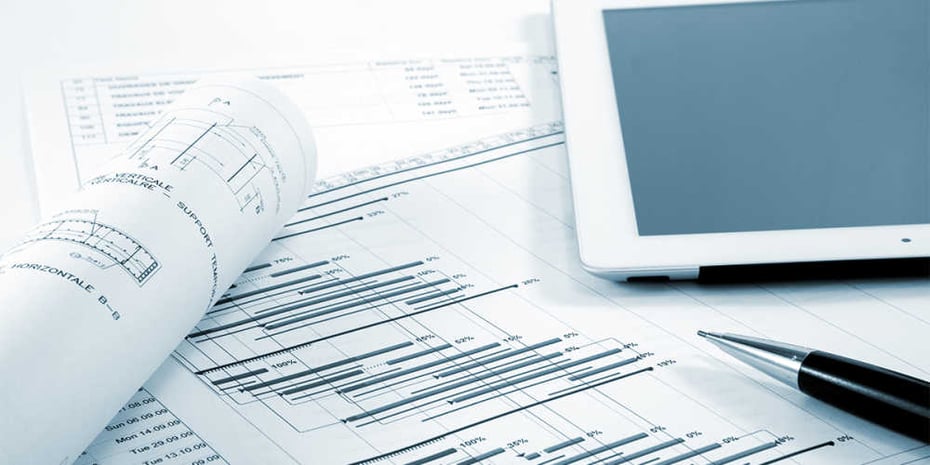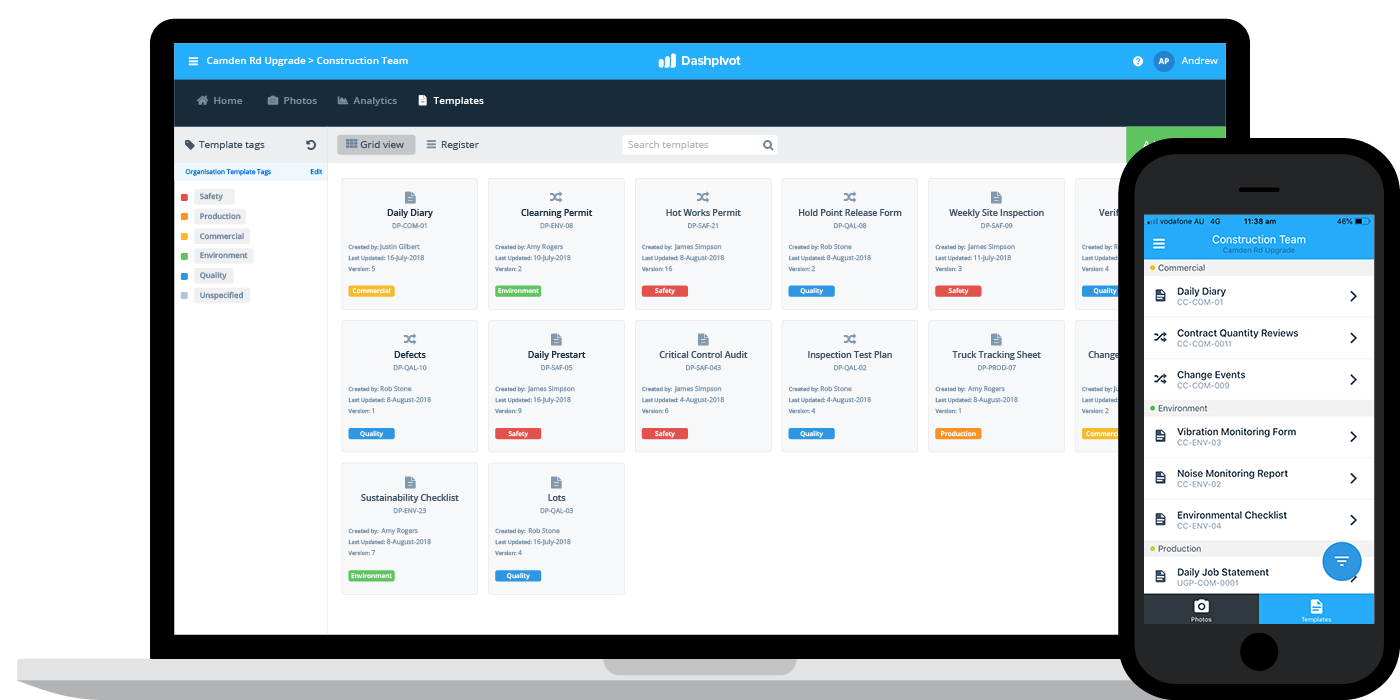From Chaos to Control: Utilizing the Potential of Construction Document Management
Optimizing Task Partnership: Architect's Ideal Practices in Building Document Monitoring
In the complex world of building projects, the effective management of building and construction files stands as a cornerstone for success. Designers, with their meticulous focus to detail and cutting-edge style options, are charged with orchestrating a harmony of resources, timelines, and stakeholders. However, in the middle of this complexity lies a crucial concern: just how can architects enhance collaboration processes to boost project results? By exploring essential approaches such as leveraging cloud-based systems, establishing robust interaction methods, and ensuring data safety, engineers can boost their document management methods to brand-new elevations.
Leveraging Cloud-Based Systems
Leveraging cloud-based systems is a basic approach for modern-day designers in enhancing construction file management procedures. By transitioning from conventional paper-based systems to shadow options, designers can simplify collaboration, improve document accessibility, and enhance general task performance. Cloud-based platforms use designers the capability to shop, share, and update building and construction papers in real-time, ensuring that all group members have access to one of the most present details no matter their place. This accessibility promotes smooth interaction and sychronisation among project stakeholders, resulting in fewer errors and hold-ups in the building and construction procedure.
In addition, cloud-based platforms give a secure atmosphere for saving sensitive job details, supplying file encryption, routine backups, and user consent settings to shield information stability. Designers can additionally take advantage of the scalability of cloud services, permitting them to adjust storage space ability and capability based on task requirements. Generally, leveraging cloud-based platforms encourages architects to optimize their building and construction file monitoring processes, driving higher partnership, efficiency, and success in their projects.
Applying Variation Control Systems
Having established the benefits of cloud-based systems in construction file administration, engineers can now improve their file control procedures by applying Variation Control Systems. Variation Control Systems (VCS) are necessary devices that track adjustments in files, ensuring that staff member are always functioning with the most up to date and most accurate information. By implementing VCS, engineers can keep a centralized repository where all task records are stored, making it possible for smooth partnership while decreasing the danger of mistakes and variation disputes.
This function is especially valuable in building and construction tasks where layout versions and modifications are typical. This transparency not just improves responsibility yet likewise helps in solving conflicts or inconsistencies that may emerge during the project lifecycle.
Establishing Communication Procedures
To make certain reliable and effective job control, designers must establish clear and durable communication methods within their building and construction document monitoring procedures. Communication procedures specify the methods, frequency, and channels whereby employee exchange information, updates, and responses. One vital aspect of establishing these protocols is determining a central interaction system where all project-related conversations and record sharing can take location. This platform could be a project monitoring software, email strings, or cloud-based storage solutions. By establishing standards on just how information is distributed and how employee connect with each various other, designers can enhance the circulation of information and protect against miscommunications or delays in the building and construction procedure.
Moreover, communication protocols need to likewise include standards on exactly how to deal with disputes, adjustment orders, and urgent concerns that might emerge during the task lifecycle. Developing an organized approach to interaction makes sure that all stakeholders are on the same page, advertises transparency, and eventually adds to the successful completion of the building task.
Using BIM Software for Coordination
BIM software program plays a critical function in enhancing sychronisation among project group members in the building industry. Structure Details Modeling (BIM) helps with partnership by supplying a central system where designers, engineers, professionals, and various other stakeholders can collaborate in a collaborated way. With BIM software program, job individuals can access and update a common model which contains detailed info regarding the building style, you could check here building and construction parts, and job schedules.

In addition, BIM software program makes it possible for real-time collaboration and interaction amongst team members, despite their physical location. Via cloud-based BIM platforms, job stakeholders can access the current task details, track adjustments, and make educated decisions promptly. Generally, leveraging BIM software application for control boosts project effectiveness, efficiency, and inevitably causes effective project end results.
Ensuring Data Safety And Security and Conformity
In the realm of building document administration, safeguarding information honesty and making certain regulative conformity are vital factors to consider for designers and various other task stakeholders. Architects should implement durable protection actions to shield delicate task details from unauthorized gain access to or violations. Making use of protected cloud storage services with encryption protocols and access controls can assist alleviate threats connected with data burglary or loss. Consistently upgrading software application and systems, carrying out protection audits, and providing staff training on information safety and security best techniques are necessary actions in preserving a safe environment for building file monitoring.

Verdict
In verdict, engineers can optimize task cooperation in building paper administration by leveraging cloud-based systems, implementing variation control systems, establishing communication methods, utilizing BIM software program for control, and making More Help certain information security and conformity. These best practices aid simplify the building and construction procedure, enhance communication amongst job stakeholders, and enhance efficiency in job distribution. By following these standards, engineers can efficiently handle building and construction records and help with successful project outcomes.
With BIM software, job participants can access and upgrade a shared model that has thorough details about the structure layout, building and construction elements, and task timetables.
With cloud-based BIM platforms, job stakeholders can access the latest task details, track changes, and make informed choices without delay - construction document management. On the whole, leveraging BIM software for control improves job efficiency, performance, and inevitably leads to successful job end results
In final thought, engineers can maximize job partnership in building and construction document management by leveraging cloud-based systems, implementing version control systems, developing communication procedures, utilizing BIM software application our website for sychronisation, and guaranteeing data safety and conformity. These ideal techniques aid streamline the construction procedure, improve interaction among job stakeholders, and enhance effectiveness in job distribution.